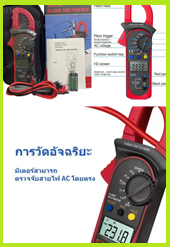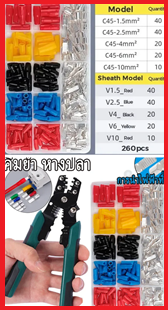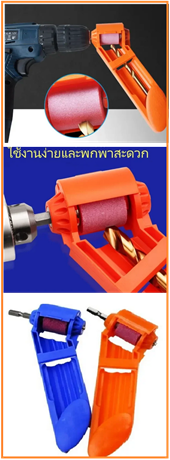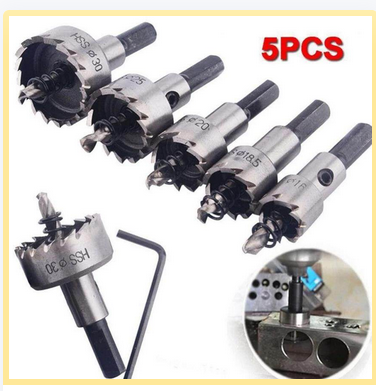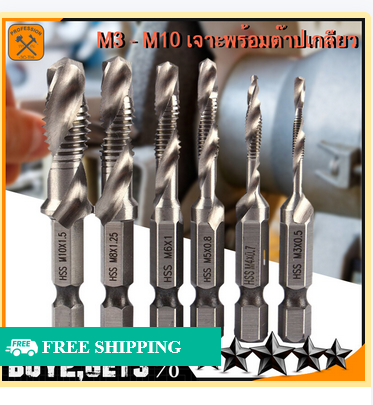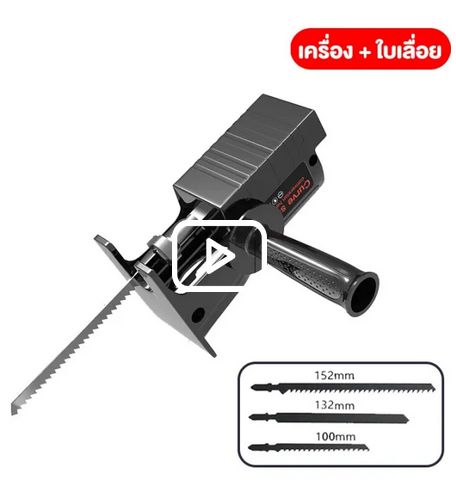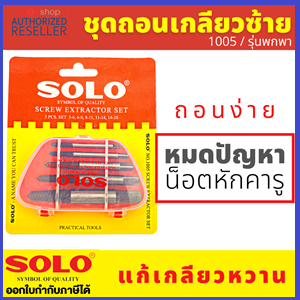Top 50 Popular Supplier
HI POT TEST
|
02/03/2550 09:13 น. |
อยากรู้วิธีการ HI POT TEST มีใครพอจะอธิบายได้บ้างครับ<br>รบกวนหน่อยครับ |
ความคิดเห็นทั้งหมด 2 รายการ |
ความคิดเห็นที่ 1
|
03/03/2550 21:32 น. |
การทำHI POT TESTคือการทดสอบค่าความเป็น<br>ฉนวนของอุปกรณ์และสายไฟไฟฟ้า <br>วิธีการก็ใช้เครื่องจ่ายไฟเข้ากับสายที่ต้องการทดสอบ<br>ส่วนสายที่เหลือก็ต่อรวมกับกราวด์จากนั้นก็สังเกตดู<br>กระแสรั่วไหล ถ้าฉนวนดี ก็แสรั่วไหลก็จะต่ำ แต่ถ้า<br>ค่าเป็นฉนวนไม่ดีกระแสรั่วก็จะสูง |
ความคิดเห็นที่ 2
|
28/01/2552 11:14 น. |
Some information to support the explanation:<br><br>• Hipot is an abbreviation for high potential. Traditionally, Hipot is a term given to a class of electrical safety testing instruments used to verify electrical insulation in finished appliances, cables or other wired assemblies, printed circuit boards, electric motors, and transformers.<br><br>• Under normal conditions, any electrical device will produce a minimal amount of leakage current due to the voltages and internal capacitance present within the product. Yet due to design flaws or other factors, the insulation in a product can break down, resulting in excessive leakage current flow. This failure condition can cause shock or death to anyone that comes into contact with the faulty product.<br><br>• A Hipot test (also called a Dielectric Withstand test) verifies that the insulation of a product or component is sufficient to protect the operator from electrical shock. In a typical Hipot test, high voltage is applied between a product's current-carrying conductors and its metallic chassis. The resulting current that flows through the insulation, known as leakage current, is monitored by the hipot tester. The theory behind the test is that if a deliberate over-application of test voltage does not cause the insulation to break down, the product will be safe to use under normal operating conditions -- hence the name, Dielectric Withstand test.<br><br>• In addition to over-stressing the insulation, the test can also be performed to detect material and workmanship defects, most importantly small gap spacings between current-carrying conductors and earth ground. When a product is operated under normal conditions, environmental factors such as humidity, dirt, vibration, shock and contaminants can close these small gaps and allow current to flow. This condition can create a shock hazard if the defects are not corrected at the factory. No other test can uncover this type of defect as well as the Dielectric Withstand test.<br><br>• Three types of Hipot tests are commonly used. These three tests differ in the amount of voltage applied and the amount (or nature) of acceptable current flow:<br><br>• Dielectric breakdown Test. The test voltage is increased until the dielectric fails, or breaks down, allowing too much current to flow. The dielectric is often destroyed by this test so this test is used on a random sample basis. This test allows designers to estimate the breakdown voltage of a product's design.<br><br>• Dielectric Withstand Test. A standard test voltage is applied (below the established Breakdown Voltage) and the resulting leakage current is monitored. The leakage current must be below a preset limit or the test is considered to have failed. This test is non-destructive and is usually required by safety agencies to be performed as a 100% production line test on all products before they leave the factory.<br><br>• Insulation Resistance Test. This test is used to provide a quantifiable resistance value for all of a product's insulation. The test voltage is applied in the same fashion as a standard Hipot test, but is specified to be Direct Current (DC). The voltage and measured current value are used to calculate the resistance of the insulation.<br> |
ความคิดเห็นทั้งหมด 2 รายการ |



